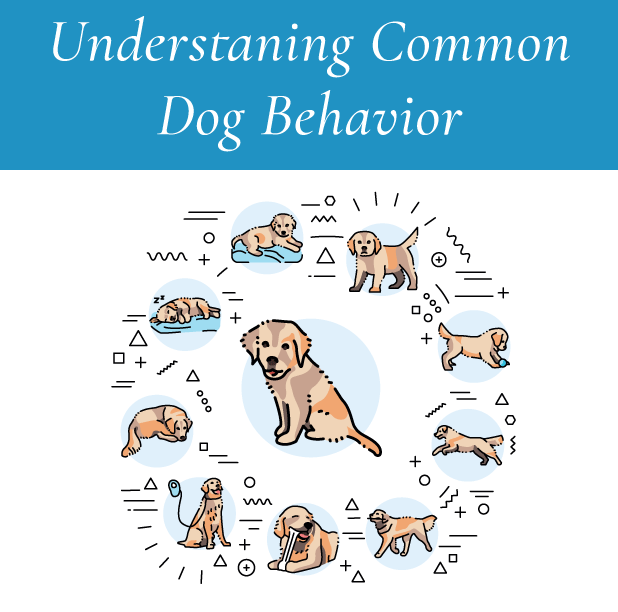Dogs communicate through a complex combination of body language, vocalizations, and behavior. In this blog post, we'll explore common dog behaviors and provide insights into canine communication, helping you better understand your dog's needs and emotions.
Tail Wagging:
Tail wagging is often associated with happiness, but it can convey different emotions. A high, rapid wag usually indicates excitement or joy, while a low, slow wag may suggest uncertainty or caution. Pay attention to the context and accompanying body language to interpret your dog's tail wagging.
Body Posture:
A dog's body posture can reveal a lot about their emotional state. A relaxed, loose body posture indicates comfort and contentment, while a stiff body, raised hackles, or a tucked tail may signal fear, aggression, or submission.
Eye Contact:
Direct eye contact can be perceived as a challenge or a sign of dominance in the dog world. However, dogs also use eye contact to communicate trust and affection. Understand your dog's individual preferences and comfort level with eye contact.
Barking:
Barking is a natural form of communication for dogs. It can indicate various emotions, such as excitement, fear, boredom, or alertness. Pay attention to the context and accompanying body language to interpret the meaning behind your dog's barking.
Yawning and Lip Licking:
Dogs often yawn or lick their lips when they are feeling stressed or anxious. These behaviors can be subtle signs that your dog is uncomfortable or trying to calm themselves down in a stressful situation.
Play Behavior:
Play behavior in dogs includes behaviors such as play bows, bouncing, and chasing. Play is a way for dogs to bond, release energy, and practice social skills. It's important to recognize the difference between play behavior and aggressive behavior to ensure safe interactions.
Growling and Snapping:
Growling and snapping are warning signals that a dog is feeling threatened, scared, or uncomfortable. These behaviors should be taken seriously and respected. It's crucial to address the underlying cause of these warning signals and seek professional help if necessary.
Tail Position:
The position of a dog's tail can provide insights into their emotional state. A high and wagging tail generally indicates confidence and happiness, while a low or tucked tail suggests fear or submission. However, tail positions can vary among different breeds, so it's important to consider the individual dog's natural tail carriage.
Ears:
Dog ears can convey a range of emotions. Erect, forward-facing ears indicate alertness or interest, while flattened or pulled-back ears may indicate fear, anxiety, or submission. Understanding your dog's ear positions can help you gauge their emotional state.
Vocalizations:
Dogs use a variety of vocalizations, including barks, growls, whines, and howls, to communicate. Each vocalization has its own meaning and can convey different emotions or intentions. Pay attention to the context and accompanying body language to interpret your dog's vocalizations accurately.
By observing and understanding your dog's behavior and communication signals, you can develop a deeper bond and respond to their needs effectively. Remember that each dog is unique, so it's essential to consider their individual personality and experiences when interpreting their behavior.

